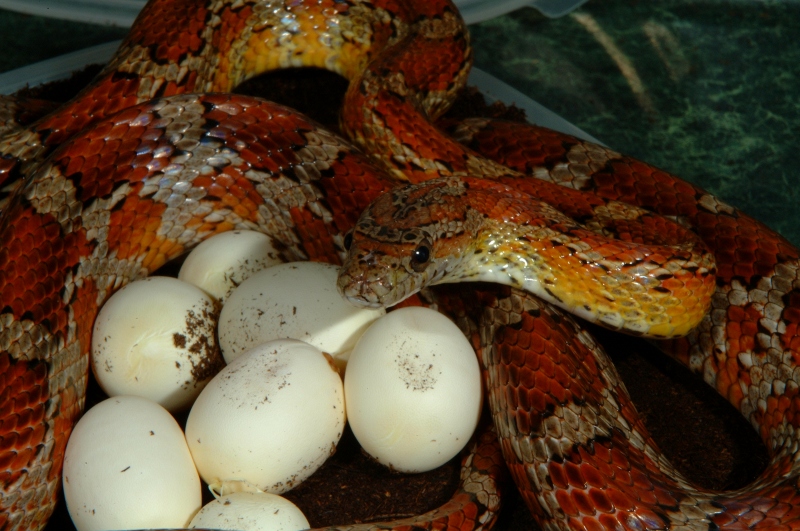Joejr14
Grand Bubble Burster
abell82 said::bowdown: I am just saying that it looks an awful lot like an Emory rat.
Not from my end. Emory rats are not silver and black, they're brown and tan and I've yet to see a red emory rat.
abell82 said:What I am not saying it has been purposely bred to deceive anyone. And as for the ancestor being wild caught, that would have been all I needed to hear 20 years ago, but this is Florida we are talking about here, land of huricanes, and people that cast off unwanted animals. A place that now has Oscars and Paranha were there used to be none.(This is not intended as a slam on Florida..., people... maybe, but not Florida).
Okay, let's review the facts. Rich stated that he got this individual from a man who lived in the keys in a trade for a leopard gecko. Rich has stated in other threads that he has adult anery C, as does Carol. This essentially means for Rich a minimum of 3 years to raise said snake up to be of breeding age, and I believe the original anery C was a product of het anery C x offspring of main het adult. Add another 3 years onto that time frame. So I believe you're looking at a minimum of 6 years there, but I'm sure Rich can tell us when he traded for that cornsnake. I believe the other main breeder that Carol has used came from Don S. However, this new line of anery has been traced back to that original snake from Rich.
What are the chances that someone around this guy in the Keys had an emory rat snake that escaped, survived in the wild and was carrying this bizarre gene that only sometimes popped up and created this funky high number of saddles. What are the chances that this funky snake mated with a cornsnake and then one of those hatchlings was subsequently caught by this guy and then traded to Rich. I'd say about 1,000,000 to one.
Could it be a hybrid? I suppose so, but I think emory rat is the wrong way to guess if you want to go there. Is there a better guess as to what's going on? I think there is.
I think for one you're talking about upper keys, which are WEIRD to begin with. For the most part they have plain bellys, tend to appear hypomelanistic and when combined with bloodred they produce a snake that looks bizarre. Hit up Don's website (www.cornsnake.net) and look at this 'rosy bloods'. Those are upper keys corns x bloodred. Tell me that that looks like any normal corn (bloodred or otherwise) that you've seen before.
The first anery was discovered in southwestern florida, so why couldn't there be a seperate line of 'anery' in the Florida keys? Anerythristic corns in southwest florida are not all that uncommon, so clearly it has not been selected against. This just further supports an idea that a similar form of anery could have popped up in the keys.
However, if you want to toss the idea of a hybrid around, I think you're looking at the wrong species. The more logical idea if the snake is a hybrid would come from the obsoletas, not an emory, and specifically from the rossalleni or quadrivittati variety. {Note: I am NOT saying that this is a hybrid nor am I suggesting that any of the upper keys cornsnakes have rossalleni blood in them.} Yellow rats and Everglades rats are found in the upper portions of the florida keys and do intergrade with corns.
Anywho, I think that it's simply a new gene, and perhaps something is tied to it that increases saddle numbers. Anything is possible, however the clutch results just don't make a lot of sense if it were to be something hybrid related. There's simply not enough variety.

